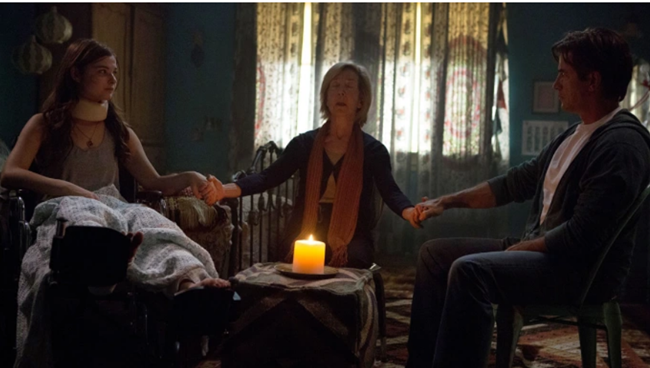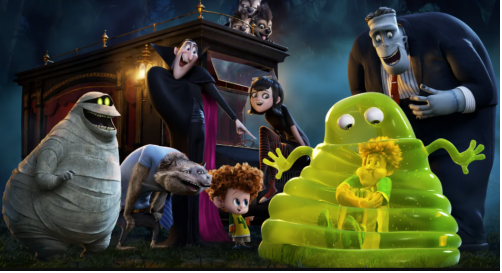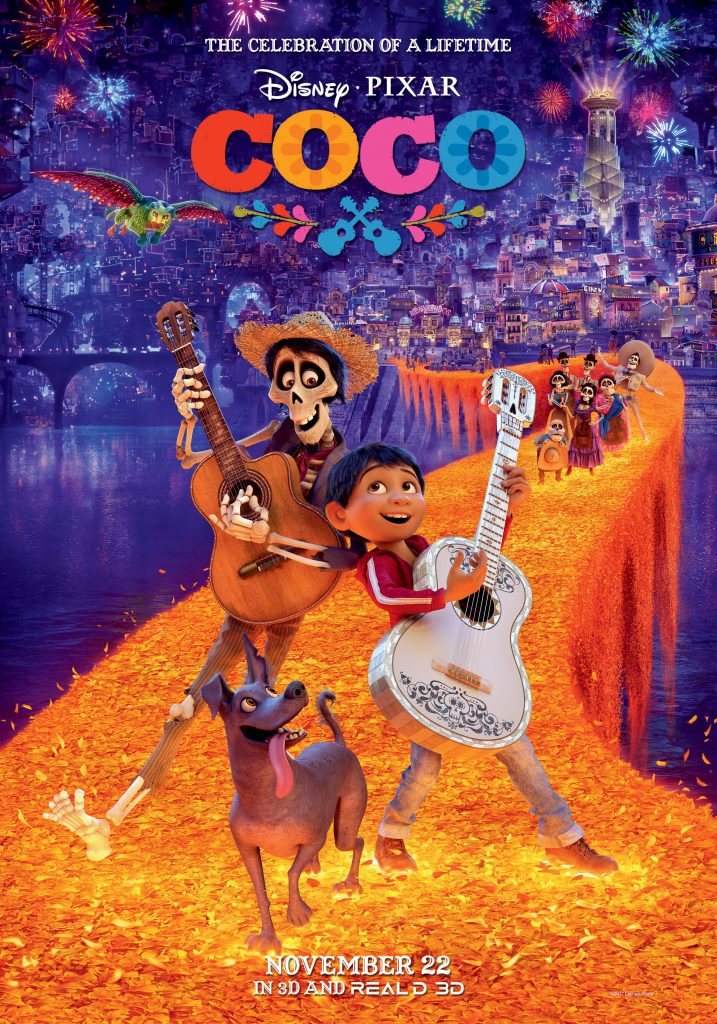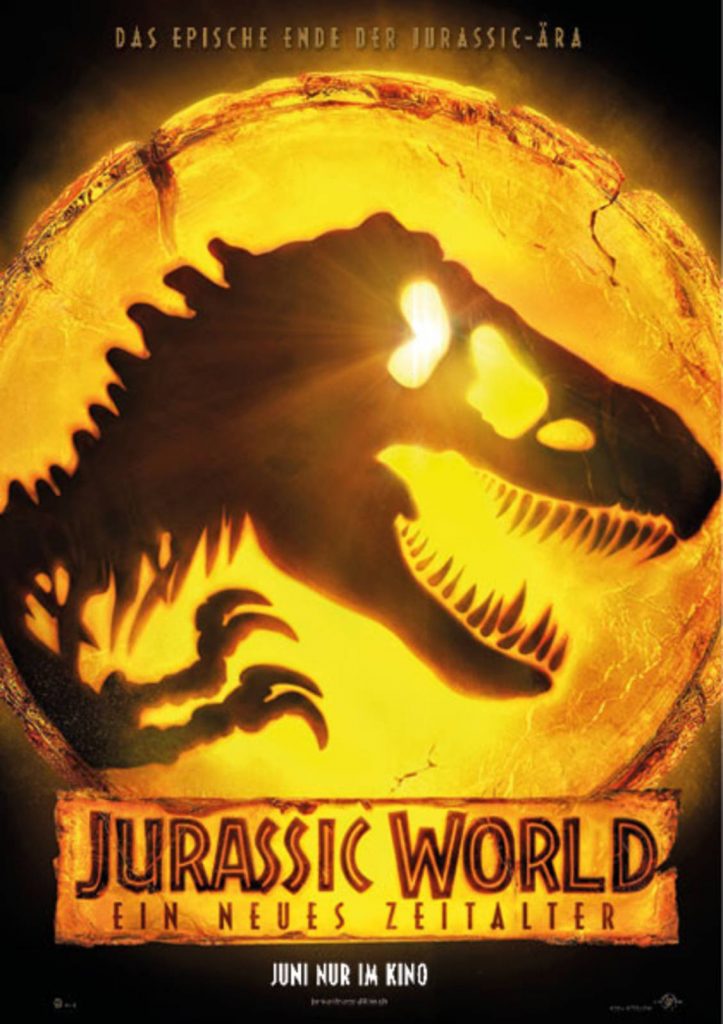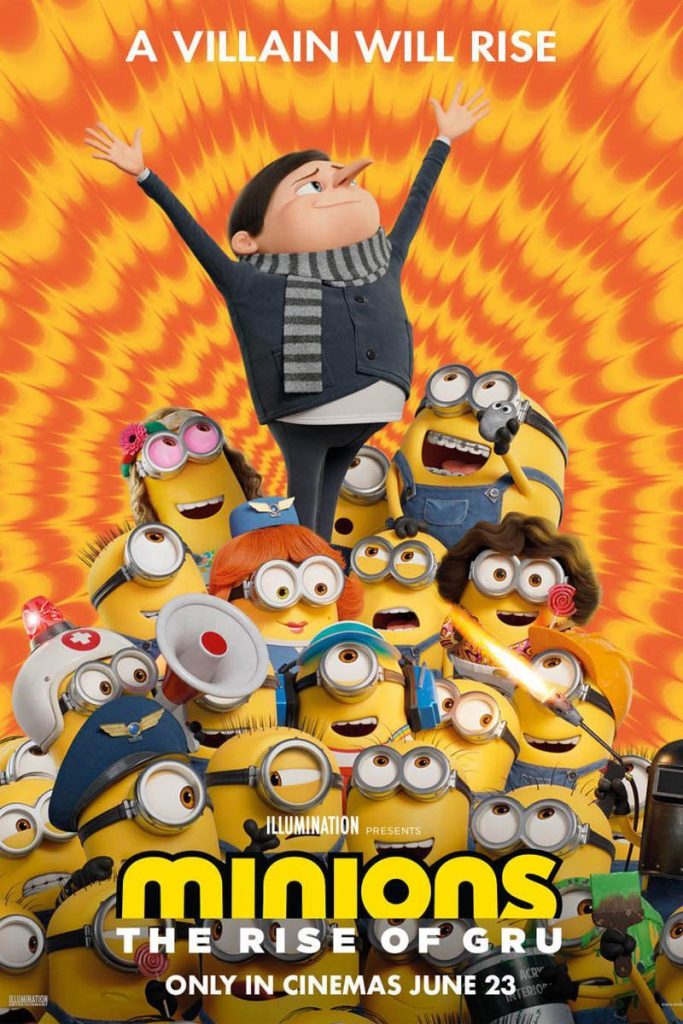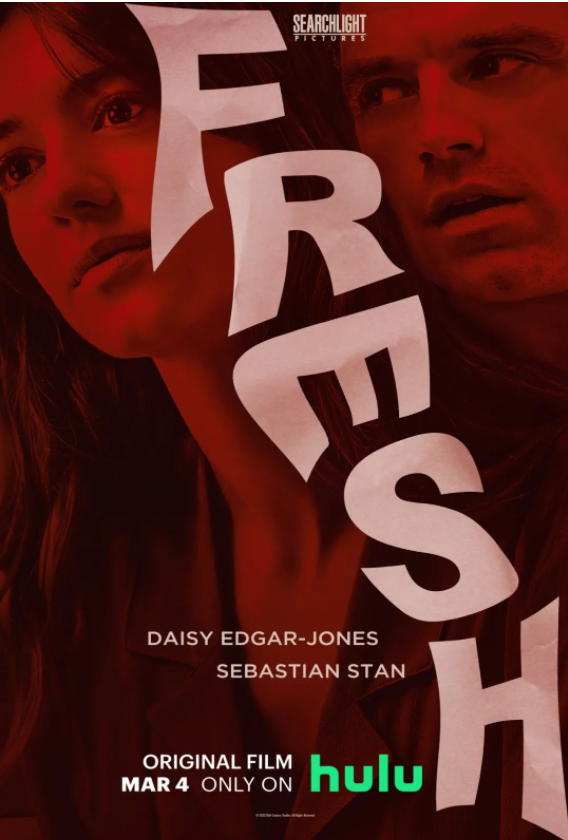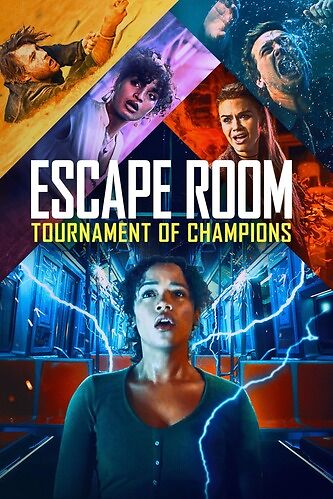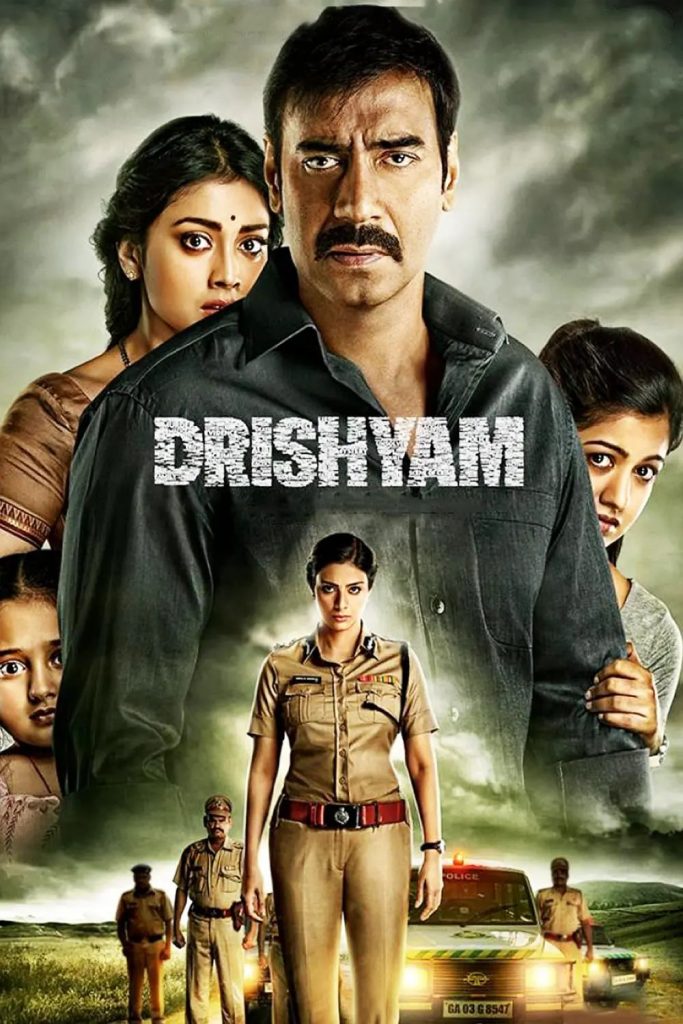As an important part of the film genre, horror has a function that cannot be replaced by other types of films, helping viewers to relieve their inner emotions through psychological and visual stimulation.
Almost all friends who often watch horror films have a consensus that horror films have obvious regional characteristics, for example, Asian horror films, represented by Korea, Japan and Thailand, are often good at creating a scary atmosphere, often a sound effect can scare people afraid to breathe, belonging to the “heart”; while the United States as the representative of the European and American horror films, often The American and European horror films, represented by the United States, often emphasise the visual stimulation of horror, and the gory and horrific images will often scare people, belonging to the “kidney school”; and of course there are our domestic horror films (here refers to most of the “horror films” in mainland China), which often play up the mystery, and are not very scary, but rush to use They are of the “science school”, with all sorts of far-fetched excuses.
Insidious, on the other hand, is a “sandwich” film that combines Western ghosts and monsters with Eastern fatalistic elements.
The story of Insidious unfolds in a very American way, with a family of five moving into a large house that is much larger than they need to live in, living in harmony, and then little by little, strange things start to happen in the house, which for those who are familiar with the formula, is a typical horror story of a murderous house.
The story thus departs from the formula and eventually comes to an unexpected but plausible conclusion.
As a Malaysian-born, Australian-raised director of Chinese descent, Woon has a penchant for horror films, from Saw to Dead Silence, to Insidious and The Conjuring, he is constantly revamping his horror film repertoire, and Insidious is the culmination of his many works.
As Mr. Li once said on Kernel Radio, the Chinese word for “horror” has several equivalents in English, the main ones being “horror” and “terror”. The two main words are “horror” and “terror”. The word “horror” refers to the sense of fear that arises when one’s senses are stimulated, while “terror” refers to the psychologically self-created sense of fear, and in the film Insidious, both are perfectly demonstrated. In Insidious, both are shown perfectly.
There are many superficially frightening things in Insidious, such as the red-faced demon, the old woman in black, and the various ghosts, all of whom are capable of scaring the trousers off you with a single glance.
Then we come to the “terror”, a fear induced by the perception of experience. In Insidious, there are many such settings, such as the alarm that suddenly goes off, the cupboard door that pops open by itself, a few close-ups of the family asleep, etc. Everything makes you think “shit, something’s going to happen”, but nothing happens until later, so you can only follow the plot with your heart in your mouth. It’s all about following the plot.
In addition to his mastery of “horror” and “terror”, two elements that inspire fear in the audience, the film also demonstrates Woon’s skill at planting stems everywhere. Shortly after the film begins, the heroine and her son look through the family photo album, but there is hardly any picture of the hero in the whole album, and later on, when the hero and heroine are on the verge of collapse, the truth is revealed by the words of the hero’s mother, and this truth is officially echoed in the first scene of the album.
This is just one of the most obvious back-and-forths in the film, and there are many more, buried throughout the 100-minute film, which require repeated viewings to discover. In addition, if you watch the sequel, you will find that much of Insidious was prepared for the second film, and even the two films together make a wonderful loop, leading to an online debate about “how old the main character was when he was possessed”. It’s a great way to keep the audience in a state of shock. I’m afraid there are few horror films that can make the audience scream in terror while still trying to think and find clues.
As is customary in horror films, whenever a malevolent spirit appears, people die, and the more ghosts there are, the more people die. This makes the whole film one level higher. Although there are no dead people, it gives you a sense of fear that there are evil ghosts everywhere, a fear that will eat away at your soul, not the fear of standing at a height of 10,000 feet and walking on a steel rope, but the nightmare that lingers in your mind when you are asleep at midnight.
If you’re interested in horror too, then you can’t go wrong with Insidious, which is like a textbook on what a classic horror film should look like.
